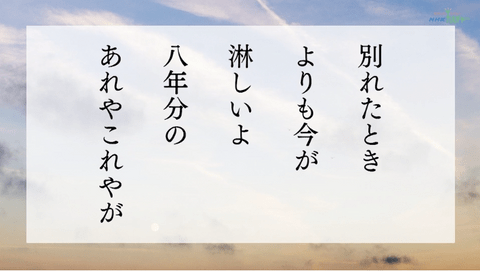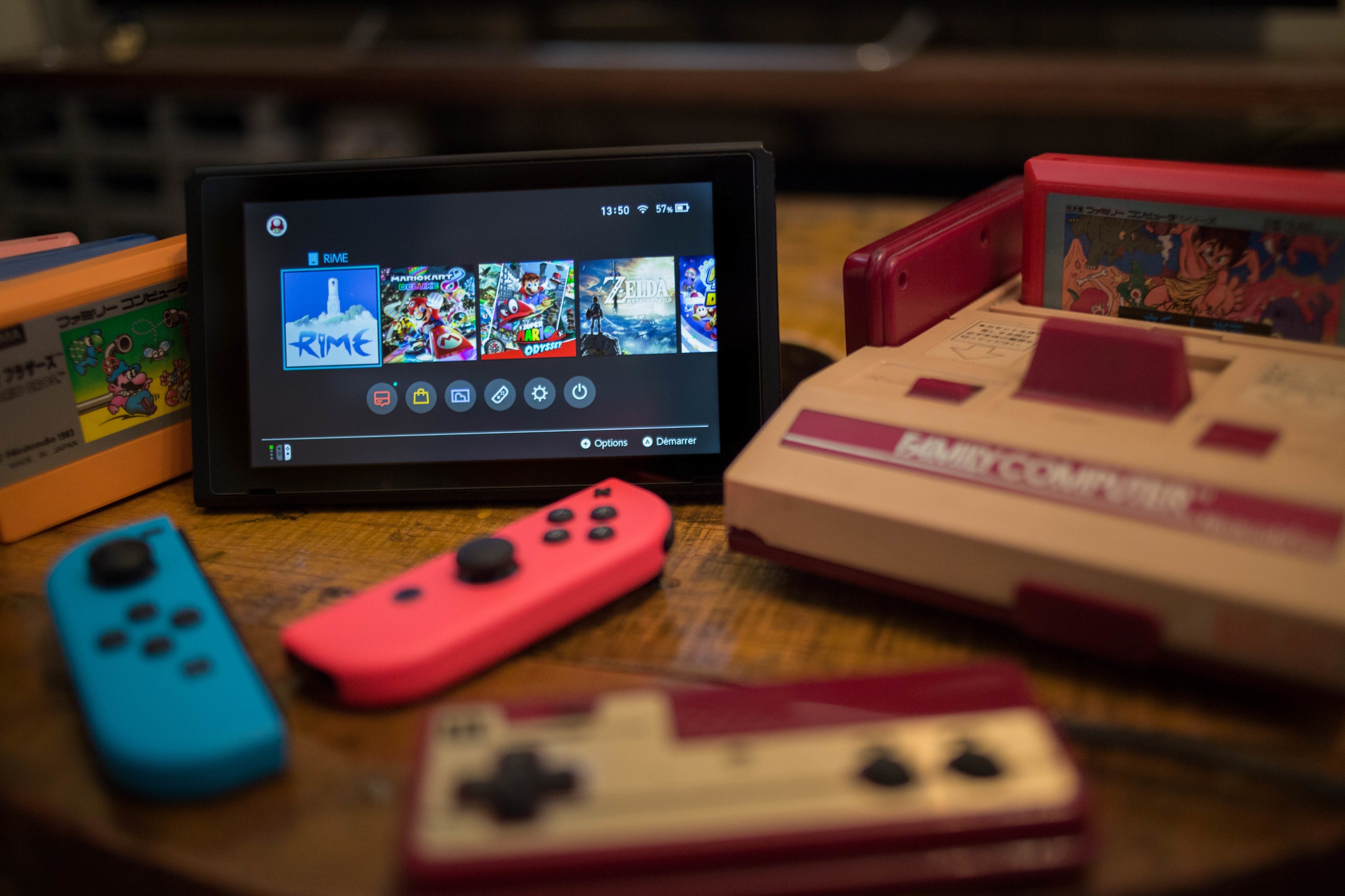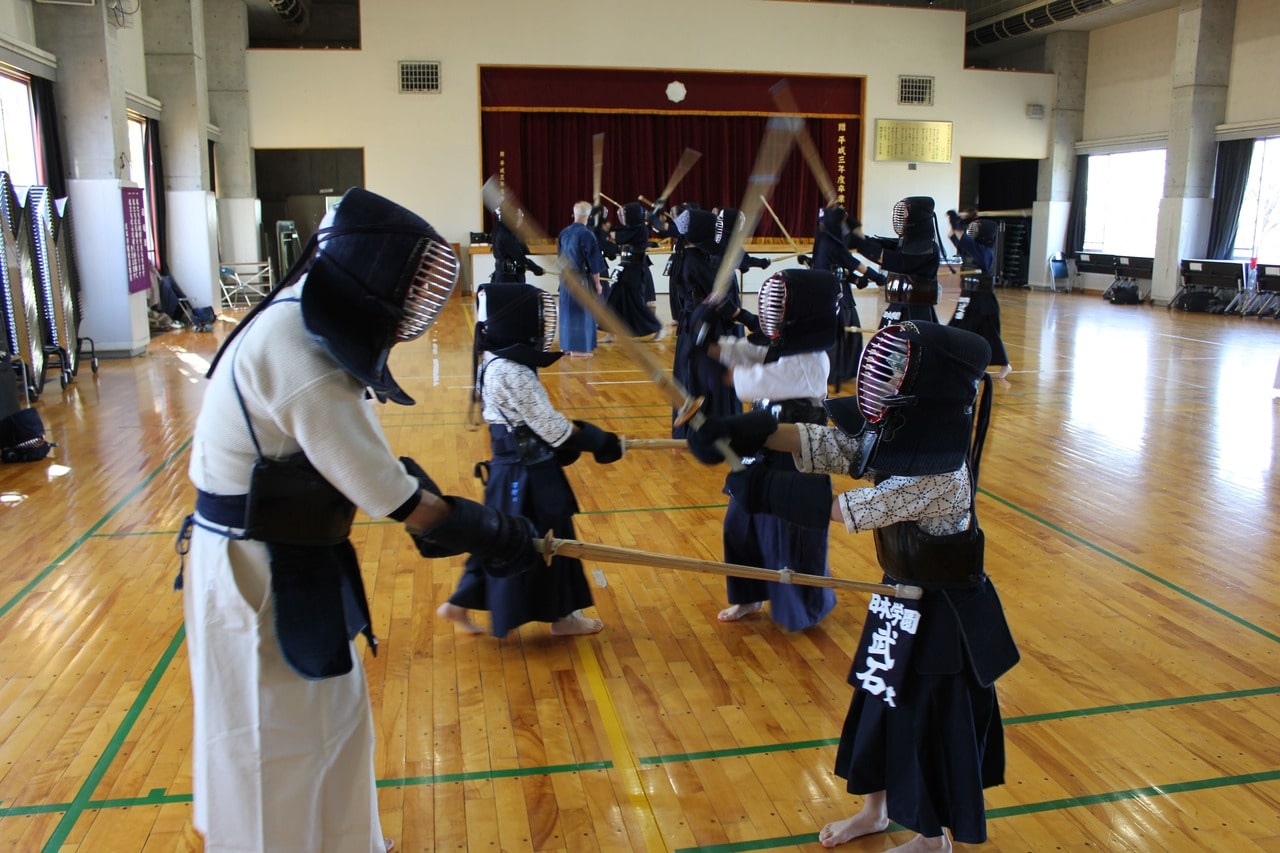
The history of Kendo is the story of a long journey that evolved from ancient Japanese samurai culture to modern international competition.
This article delves into the origins of Kendo, the process of its development, and its status and influence in modern times.
We explore not only the technical aspects of Kendo, but also its spiritual aspects and cultural significance, revealing how Kendo is perceived and practiced both in Japan and abroad.
Through this wealth of information, we aim to provide a deep understanding of Kendo not only to Kendo enthusiasts but also to all readers interested in martial arts.
目次
- 1 Origin of Kendo: From ancient Japanese martial arts to modern Kendo
- 2 Establishment of Kendo: Changes in the Meiji Era
- 3 Internationalization of Kendo: From Showa to Heisei
- 4 Evolution of Kendo Equipment: From Kote to Men
- 5 Technological innovation in Kendo: Development of schools and techniques
- 6 The cultural influence of Kendo: its contribution to Japanese culture
- 7 The future of kendo: sustainable development and challenges
Origin of Kendo: From ancient Japanese martial arts to modern Kendo
Kendo’s origins are deeply rooted in ancient Japanese samurai culture, and its history has been closely linked to Japanese society for hundreds of years.
This section explores how kendo evolved from an ancient tactical martial art to a modern formal competition.
Understanding the history of Kendo is the key to a deeper understanding of its technical and spiritual background.
The era of Japanese swords and samurai
The history of Kendo begins with the Japanese sword and the samurai who learned its use.
The Japanese sword became a symbol of Japan’s martial arts culture due to its unique manufacturing techniques and use in combat.
Samurai used Japanese swords to protect themselves and secure territory, and they honed their skills.
These techniques later became the technical basis of Kendo and were incorporated into the form of Kendo.
Swordsmanship and its development during the Sengoku period
The Sengoku period was a time when swordsmanship was particularly developed, and many schools of swordsmanship were founded during this period.
The turmoil and countless battles of this era encouraged the innovation and transmission of swordsmanship techniques.
Towards the end of the Sengoku period, these techniques were further refined, and as the era entered a period of peace, swordsmanship began to be systematized as a means of mental and physical training for samurai.
This became the foundation of modern Kendo, forming the basis not only of the technique but also of the moral and spiritual teachings of Kendo.
By looking back at the history of Kendo, it is possible to understand both its spiritual aspects and its technical evolution.
You will also be able to understand how Kendo has developed not just as a physical technique, but as a way to enhance spirituality.

Establishment of Kendo: Changes in the Meiji Era
The Meiji period was a period in Japanese history when the formalization of Kendo and its social role changed significantly.
This section delves into the founding of the Dainippon Butokukai and the formalization of Kendo, as well as its modernization and incorporation into education.
Dainippon Butokukai and the formalization of Kendo
The Dainippon Butokukai was founded in 1895 with the purpose of promoting and systematizing Japanese martial arts.
Under this organization, Kendo attempted to integrate the techniques of various schools and establish one unified form.
Butokukai contributed not only to Kendo but also to other martial arts such as Judo and Kyudo, and played an important role in spreading martial arts throughout Japan.
The formalization of Kendo created a foundation for different schools to come together and establish rules for a competition.
Modernizing Kendo and incorporating it into education
In the Meiji period, Kendo became part of school education.
This shows that Kendo is changing from a mere martial art to a cultural activity with educational value.
Kendo education in schools was introduced as a means of teaching students discipline, respect, and mental focus.
The incorporation of kendo into education was intended to foster a sense of national responsibility in young Japanese people, and its spirituality began to be emphasized.
These changes over time are extremely important in understanding how Kendo was positioned and developed in Japanese society.
The formalization of Kendo and its inclusion in education during the Meiji period can be said to have laid the foundation for Kendo to be widely accepted even today.

Internationalization of Kendo: From Showa to Heisei
The international spread of Kendo accelerated especially from the latter half of the Showa period.
During this process, the International Kendo Federation (FIK) was established in 1970 and has greatly contributed to the spread and development of Kendo.
With the establishment of FIK, Kendo has established itself as an international sport, and the number of Kendo enthusiasts continues to increase in many countries.
History of the spread of Kendo overseas
Since the establishment of the International Kendo Federation in 1970, Kendo has spread all over the world.
The first World Kendo Championship was held in Japan in the same year, and has since been held regularly around the world.
Currently, more than 60 countries and regions are members of the International Kendo Federation (FIK) , and Kendo has become widely practiced around the world .
Establishment of the International Kendo Federation and the World Championship
The International Kendo Federation aims to popularize not only Kendo but also Iaido and Jodo.
This organization formulates international rules and judging standards for Kendo, and promotes technical improvement and exchange through holding international competitions.
International Kendo tournaments also play an important role as venues for cultural exchange through Kendo ( International Kendo Federation (FIK) ) ( Wikipedia ) .
Through these activities, Kendo has been accepted and loved by many people around the world as more than just a sports competition.
Thanks to the efforts of the International Kendo Federation, not only the techniques of Kendo but also its spirituality are widely spread.

Evolution of Kendo Equipment: From Kote to Men
Kendo equipment has evolved over the years to improve safety and performance.
This section provides a detailed explanation of the historical evolution of kendo equipment, particularly the evolution from kote to men, and the accompanying improvements in safety and performance.
These changes show that the practice of kendo has evolved to become safer and more effective.
Historical changes in equipment
The history of kendo equipment has undergone many evolutions as it evolved from practical martial arts training to a modern competitive sport.
Early Kendo used wooden swords and minimal protective equipment, but safety concerns led to increased protection over time.
In particular, kote is equipment developed to protect the hands, and plays an important role in protecting the hands from tactical movements and blows.
Improved safety and performance
The introduction of men was a major evolution in modern Kendo. Masks are equipment to protect the face and head, and have greatly improved the safety of Kendo.
A lot of thought has gone into the design of the surface to ensure visibility, improve ventilation, and strengthen shock absorption.
This allows kendo practitioners to safely practice their techniques and participate in judging and competitions.
These advances in equipment have made important contributions to the safety and performance of kendo participants as it establishes itself as a modern sport.
Kendo equipment will continue to undergo technological innovation and evolve to enable more effective and safe training and competition.

Technological innovation in Kendo: Development of schools and techniques
Kendo has evolved through the development of various styles and techniques, and has seen many changes and innovations up until today.
This section explores the history and characteristics of the major kendo schools, focusing on technological innovations and changes in competition rules.
By understanding how Kendo techniques and teaching methods have evolved over time, you will delve deeper into the background that led to the formation of modern Kendo.
History and characteristics of major Kendo schools
Each school of kendo has its own unique techniques and philosophy, and was established at a particular time and by its founder. Below are some major schools and their characteristics:
- Ittō-ryu : This school focuses on the basic techniques of Kendo and is characterized by a form that uses a single Shinai sword. It emphasizes simple and direct techniques and is widely adopted in basic Kendo education.
- Niten Ichiryu : Founded by Miyamoto Musashi, this school is known for its dual sword style, and is characterized by the technique of using two swords at the same time. It provides integrated offensive and defensive movement and tactical versatility.
- Shinto nature style : This style resembles the movement of the sword as natural movement, and is characterized by flowing techniques. The emphasis is on flexibility of movement and how you use your body.
Technological innovation and changes in competition rules
Kendo competition rules continue to evolve along with technological innovation. Below are the main changes:
- Improved protective gear and safety standards : In order to increase the safety of Kendo, the materials and design of protective gear have been improved. This has improved the safety of the competition and made it possible to practice more intense techniques.
- Standardization of match formats : The International Kendo Federation is progressing with the standardization of rules, improving the fairness and ease of understanding of matches. As a result, Kendo has established itself as an international sport and is becoming more popular around the world.
- Segmentation of technology evaluation : In response to the diversity of technology and the increasing complexity of tactics, the evaluation criteria for technology has been subdivided, and more detailed skills are now required to be acquired.
The evolution of Kendo schools and techniques has had a major impact not only on how Kendo is practiced, but also on how it is taught and learned.
These innovations are important indicators of how Kendo has evolved as a modern martial arts sport.

The cultural influence of Kendo: its contribution to Japanese culture
Kendo is more than just a martial art; it is a symbol deeply rooted in Japanese culture.
This section explores how kendo is tied to Japanese identity and its role as a cultural event.
Kendo occupies a particularly important position as a bridge between Japanese tradition and modernity.
Kendo and Japanese identity
Kendo embodies the Japanese spirit of Bushido. Kendo training emphasizes not only technical mastery but also moral values such as courtesy, respect, and patience.
These values are a core part of Japanese culture and are passed down to the next generation through Kendo.
Kendo is also viewed as a highly spiritual activity and a means of promoting inner peace and self-control.
Kendo as a cultural event
Kendo is a cultural event in many communities, and demonstrations at festivals and commemorative events are common.
These events feature kendo kata demonstrations and competitions, as well as displays of traditional costumes and equipment, introducing audiences not only to kendo as a martial art but also to its cultural background.
Kendo is also included as part of school education and is a valuable means of teaching young people about Japanese tradition and history.
These cultural aspects of Kendo have increased its recognition and appreciation both in Japan and abroad.
Through Kendo, students can gain a deep understanding of Japanese culture, which further increases its value as a part of Japanese identity.
In this way, Kendo is more than just a sport, it also plays an important role as a cultural asset.

The future of kendo: sustainable development and challenges
Although Kendo is a traditional martial art, it has achieved sustainable development through the use of new educational methods and technology.
This section explores the transmission of techniques, the education of new generations, and the use of technology in Kendo.
These elements are important driving forces in the future of Kendo.
Passing down technology and educating new generations
The future of Kendo relies heavily on the transmission of proper techniques. The teachings from experienced instructors to young kendo practitioners include not only technique but also the spirituality and philosophy of kendo.
In modern times, the following methods have been adopted in Kendo education:
- Interactive learning tools : Distance learning using online platforms and video materials makes technical and theoretical learning more accessible.
- Strengthening Youth Programs : We are strengthening our youth programs to attract a new generation through the fun and competitive nature of Kendo.
Utilization of technology in Kendo
Advances in technology are revolutionizing Kendo training methods and evaluation systems. Of particular interest are the following technologies:
- Biomechanics analysis : Using motion analysis technology, we scientifically analyze the efficiency of kendo strikes and footwork to improve the quality of training.
- Introducing Virtual Reality (VR) : Kendo practice using VR technology provides an environment that simulates actual competition, making it useful for learning techniques and testing strategies.
These advances have enabled Kendo to evolve into a more accessible and innovative martial art while preserving its traditions.
The future of Kendo will become even brighter through the passing on of techniques, innovation in educational methods, and active use of technology.








